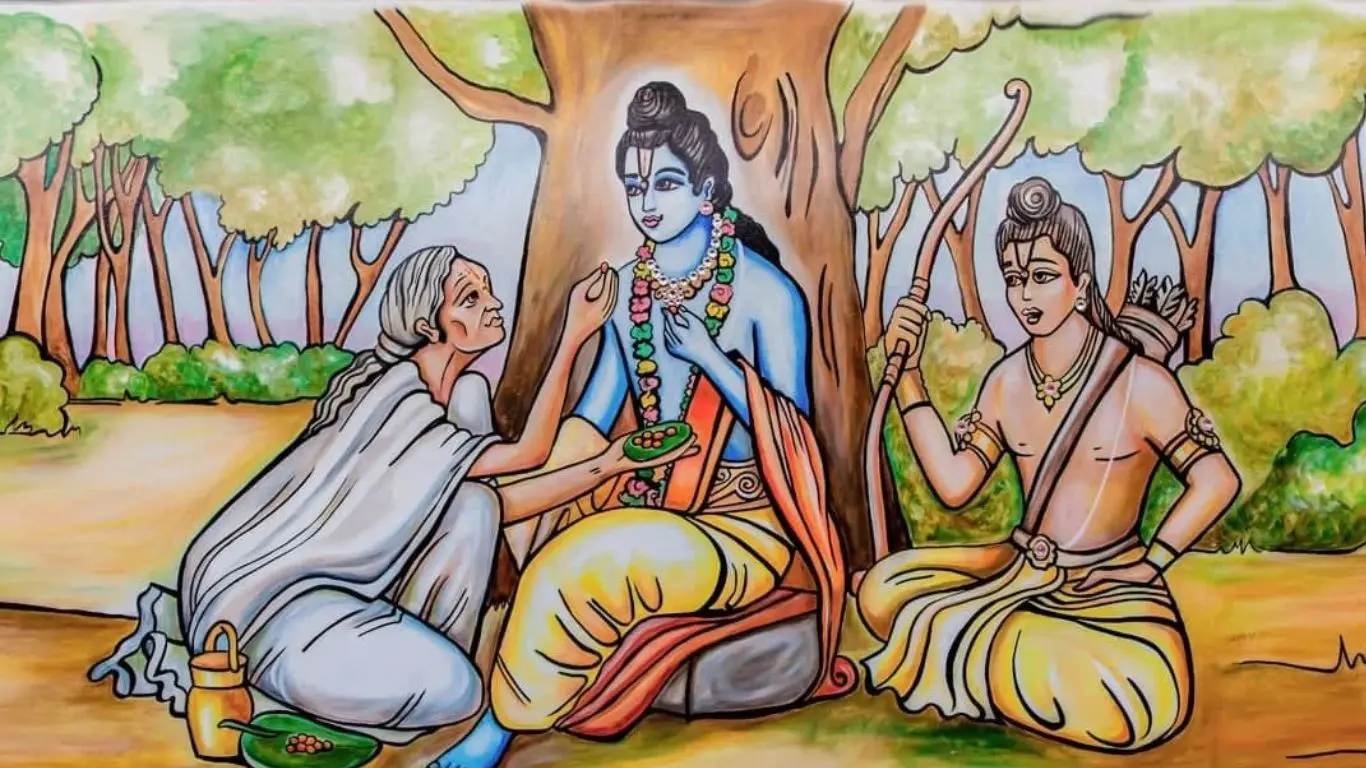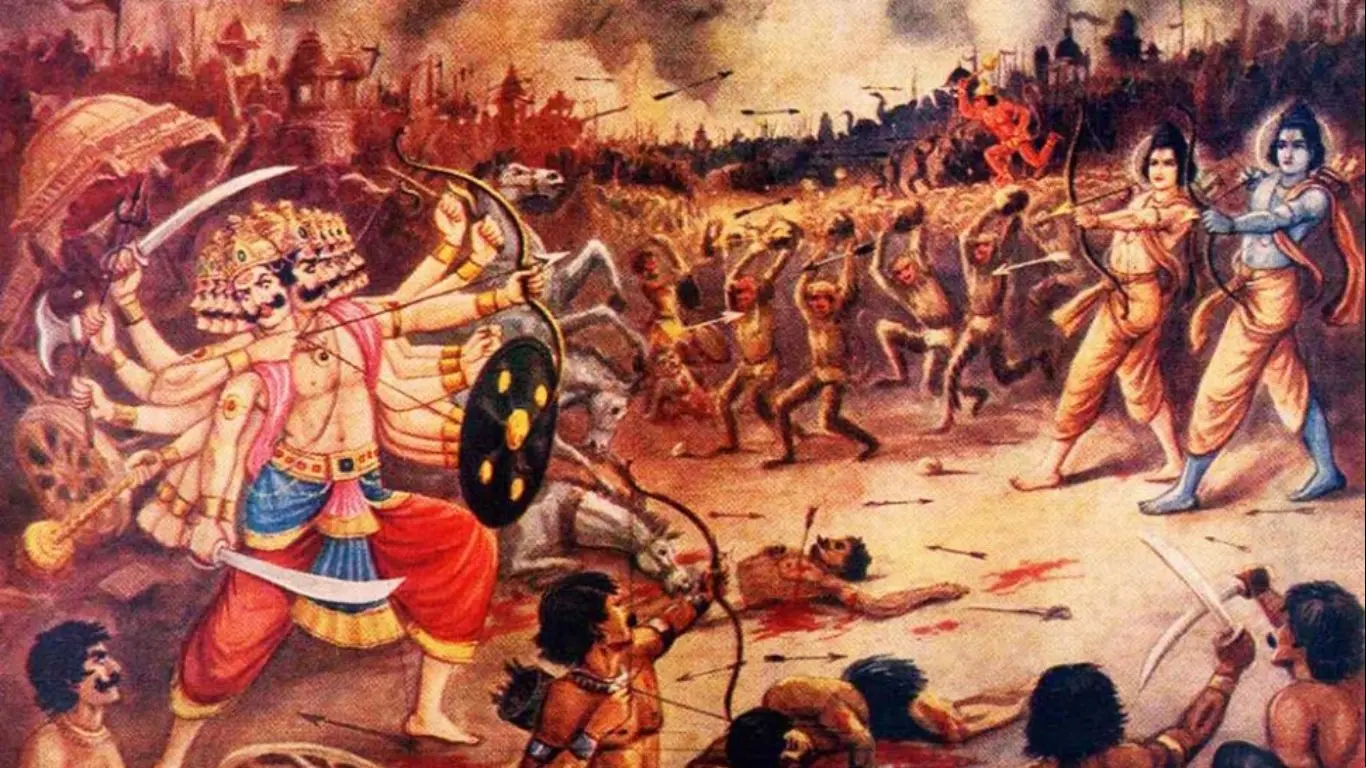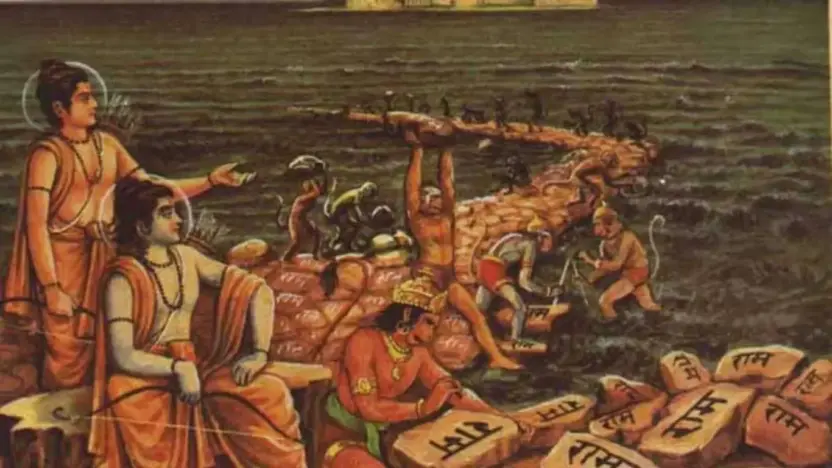In the Hindu cosmology, Treta Yuga shines as a pivotal epoch, often referred to as the “Silver Age.” This age, lasting for an immense span of time, marked the rise of rituals and the emergence of dharma, the path of righteousness. It stands as a bridge between the pristine purity of the Satya Yuga and the complexities of later ages. This article delves into the essence of Treta Yuga, exploring its significance in the evolution of Hinduism. We journey through this age to uncover how rituals gained prominence and dharma began to shape the moral compass of humanity, leaving an enduring imprint on the faith and practices of modern Hinduism.
Treta Yuga: The Age of Rituals and the Rise of Dharma in Hinduism
Introduction to Treta Yuga
Treta Yuga, the second age in Hindu cosmology, plays a pivotal role in the cyclical narrative of time and human development. Spanning a duration of 1,296,000 years, Treta Yuga is often referred to as the “Silver Age.” It follows the purity and truthfulness of the preceding Satya Yuga and precedes the Dvapara and Kali Yugas, each marked by diminishing righteousness.
Treta Yuga is characterized by a significant shift in human spirituality and ethics. It witnesses the ascent of rituals and religious ceremonies as a means of connecting with the divine. It is during this age that the concept of dharma, the righteous path, takes root and begins to guide human conduct.
Treta Yuga’s Key Traits

Treta Yuga, the second age in Hindu cosmology, is known for its distinctive duration and key traits that set it apart in the cosmic cycle of time. The Key traits of Treta Yuga include:
- Rise of Rituals: Treta Yuga witnesses a significant upsurge in rituals and religious ceremonies. People increasingly turn to elaborate rites and sacrifices as a means of connecting with the divine and upholding order in the world.
- Emergence of Dharma: This age marks the gradual emergence of the concept of dharma, which is the righteous path or code of conduct. Dharma begins to shape human morality, guiding individuals in their actions and decisions.
- Deities and Avatars: Treta Yuga is characterized by the presence of important deities and divine incarnations, most notably Lord Rama. Lord Rama’s life and teachings, as chronicled in the epic Ramayana, serve as a moral and ethical guide for people living during this age.
- Decline in Virtue: While Treta Yuga is a time of ritualistic devotion and moral development, it also witnesses a gradual decline in human virtue when compared to the preceding Satya Yuga. This decline becomes more pronounced in the subsequent Yugas.
- Technological Advancements: Treta Yuga is believed to be an age of advanced technology, although not as advanced as the Satya Yuga. Ancient texts mention the existence of flying vehicles (vimanas) and other sophisticated technologies.
Deities and Avatars of Treta Yuga
Treta Yuga is a remarkable age in Hindu cosmology, marked by the presence of important deities and divine incarnations that significantly shape the religious and moral landscape of this era. Among these deities and avatars, none is more prominent than Lord Rama.
Lord Rama: Lord Rama is the central figure of Treta Yuga, renowned for his unwavering adherence to dharma, moral integrity, and exemplary leadership. He is regarded as the seventh incarnation of Lord Vishnu, born to King Dasharatha and Queen Kaushalya. The epic Ramayana narrates the life, trials, and triumphs of Lord Rama, making it one of the most revered texts in Hinduism. His life story serves as a moral and ethical guide for people living during this age.
Goddess Sita: Goddess Sita, an avatar of Goddess Lakshmi, is another central character in the Ramayana. Her unwavering devotion to Lord Rama and her virtuous nature make her an icon of ideal womanhood and devotion.
Lord Lakshmana: Lord Rama’s devoted younger brother, Lord Lakshmana, is also a revered figure in Treta Yuga. His loyalty, sacrifice, and unwavering support for Lord Rama make him an embodiment of brotherly love and devotion.
Lord Hanuman: Lord Hanuman, a devoted devotee of Lord Rama and an avatar of Lord Shiva, plays a pivotal role in the Ramayana. His incredible strength, unwavering devotion, and intelligence make him a beloved deity in Hinduism. Lord Hanuman symbolizes unwavering devotion and selfless service.
The Epic Clash Between Lord Rama and Ravana
The epic clash between Lord Rama and Ravana is one of the most iconic and significant events in Hindu mythology, chronicled in the epic poem, the Ramayana. This epic battle takes place during Treta Yuga, and it serves as a central theme that embodies the eternal struggle between good and evil, dharma (righteousness) and adharma (unrighteousness).
Background: The conflict begins with the abduction of Lord Rama’s wife, Sita, by Ravana, the demon king of Lanka (modern-day Sri Lanka). Ravana, a powerful and arrogant figure, covets Sita’s beauty and decides to take her away to his kingdom. Sita, out of devotion to her husband and commitment to dharma, steadfastly refuses Ravana’s advances.
Lord Rama’s Quest: Lord Rama, accompanied by his loyal brother Lord Lakshmana and the devoted monkey-god Hanuman, embarks on a perilous journey to rescue Sita. Along the way, they face numerous challenges, form alliances with various beings, and receive divine assistance from gods and sages.

The Great Battle: Ultimately, Lord Rama and his army of Vanaras (monkeys) confront Ravana and his formidable Rakshasa (demon) army in Lanka. The battle that ensues is epic in every sense, marked by heroic feats, divine interventions, and moments of intense conflict.
Lord Rama’s Victory: Despite facing incredible odds, Lord Rama’s unwavering commitment to dharma and righteousness prevails. He ultimately defeats Ravana in a climactic showdown, symbolizing the triumph of good over evil. This victory not only rescues Sita but also restores dharma and justice to the world.
This epic battle remains a cherished narrative in Hinduism, celebrated during the festival of Diwali, which symbolizes the victory of light (good) over darkness (evil). It serves as a timeless reminder that the pursuit of dharma and the fight against adharma are central to leading a meaningful and virtuous life.
Transitioning to Dvapara Yuga
As Treta Yuga gradually gives way to the next cosmic age in Hindu cosmology, Dvapara Yuga, a notable transition unfolds, marked by distinct changes in the spiritual, moral, and social fabric of the world. This shift reflects the cyclical nature of time and human evolution in the Yuga cycle.
- Diminishing Virtue: The transition from Treta Yuga to Dvapara Yuga signifies a further decline in human virtue and moral integrity. While Treta Yuga maintained a relatively higher level of righteousness, Dvapara Yuga witnesses a gradual erosion of these qualities.
- Increased Complexity: As humanity progresses into Dvapara Yuga, life becomes more complex. Moral dilemmas become more intricate, and individuals face greater challenges in navigating the ethical landscape.
- Shift in Spiritual Practices: While rituals and devotion remain significant, there is a noticeable shift in the way people approach spirituality. The focus on ritualistic worship may wane, and spiritual practices evolve to adapt to the changing times.
- The Mahabharata: Dvapara Yuga is notably marked by the events of the Mahabharata, one of the two great epics of Hinduism. The Mahabharata narrates the story of the Pandavas and Kauravas, their moral dilemmas, and the ultimate battle at Kurukshetra. It serves as a reflection of the evolving ethical landscape of this age.
- Preparation for Kali Yuga: As Dvapara Yuga progresses, it serves as a transitional phase, preparing humanity for the subsequent age, Kali Yuga, characterized by even greater moral decline. The lessons and experiences of Dvapara Yuga become crucial in this context.
Treta Yuga’s Influence on Modern Hinduism
The Treta Yuga, the second age in Hindu cosmology, has left a profound and lasting influence on modern Hinduism. One of the central figures of this era is Lord Rama, whose personality and virtues continue to shape the beliefs and values of contemporary Hindus. Rama’s exemplary character is seen as a key learning point in modern Hinduism. He is revered as the epitome of a good son, brother, and ruler. His unwavering devotion to his parents and siblings, as well as his commitment to righteousness and dharma, serve as timeless ideals for individuals striving to lead a virtuous life.
Even Ravana, often portrayed as a villain for abducting Sita and opposing Rama was more than a mere antagonist. He was a formidable warrior, devout follower of Lord Shiva (a “Shiv bhakta”), and a scholar of profound wisdom. His multifaceted personality forces us to reconsider moral judgments. Ravana’s depth and complexity suggest he might have surpassed many other characters in other yugas. In later Yugas where characters embody extremes, Ravana’s nuanced persona prompts reflection on human nature. His enigmatic presence in Treta Yuga’s narrative underscores the importance of understanding character and morality with greater subtlety and depth.
The Treta Yuga, through the stories of Rama, has left a profound and multi-dimensional impact on modern Hinduism. These narratives provide valuable lessons on morality, duty, and the complexities of human nature, guiding contemporary Hindus in their pursuit of righteous living and ethical decision-making.
Also Read: 15 Qualities of Lord Rama Everyone Should Learn



